North Shore: Long Island’s Gold Coast
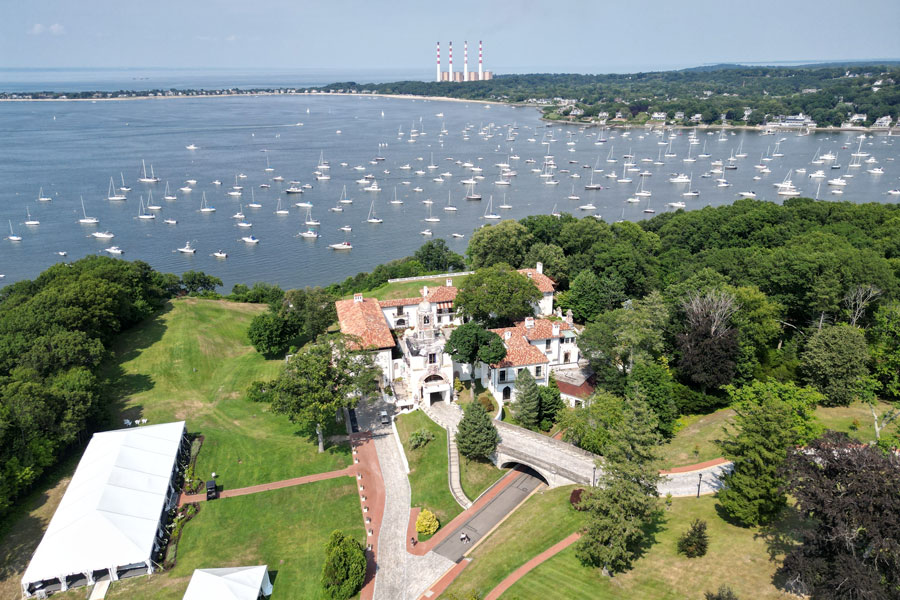
The North Shore of Long Island, often referred to as the “Gold Coast,” is a picturesque and historically rich region that stretches along the island’s northern edge, facing the Long Island Sound. Extending from the westernmost point near Great Neck and Kings Point in Nassau County, through towns like Manhasset, Oyster Bay, and Huntington, and reaching as far east as the village of Wading River in Suffolk County, the North Shore is characterized by its rugged, winding coastline, hilly terrain, elegant estates, and a deep-rooted cultural heritage. This region has long been associated with wealth, grandeur, and a slower pace of life compared to the busier, more urbanized South Shore or Nassau County’s southern communities.
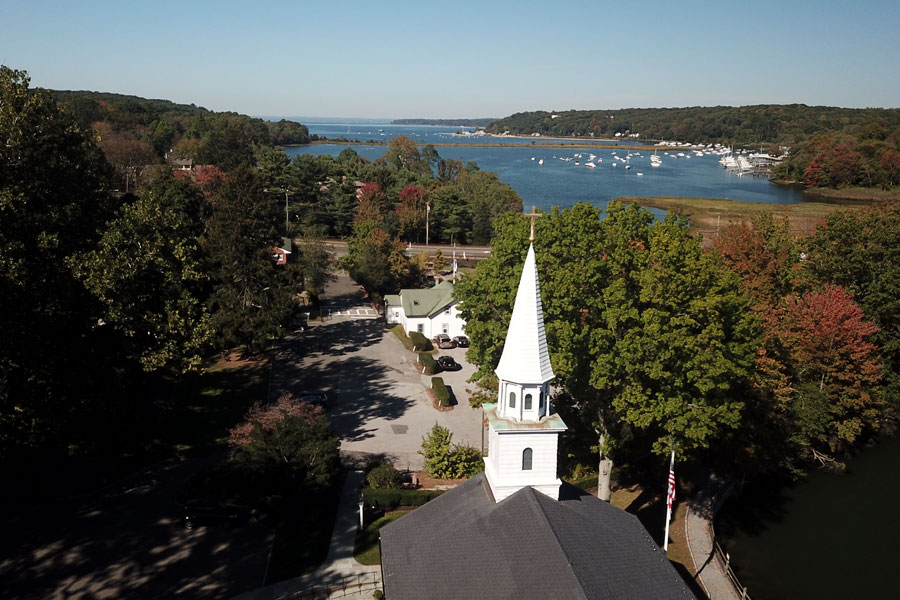
The North Shore’s dramatic bluffs, rolling hills, and forested enclaves sharply contrast with the flatter, more uniform terrain found on other parts of Long Island. This landscape was largely shaped by glaciers during the last Ice Age, which left behind a variety of geological features such as moraines and kettle lakes. These natural elements contribute to the area’s distinctive topography, making it a desirable location for sprawling estates, waterfront properties, and secluded residences. Many of these historic mansions, built by Gilded Age industrialists and financiers, still stand today, preserved as museums or private properties, especially in towns like Glen Cove, Old Westbury, and Mill Neck.
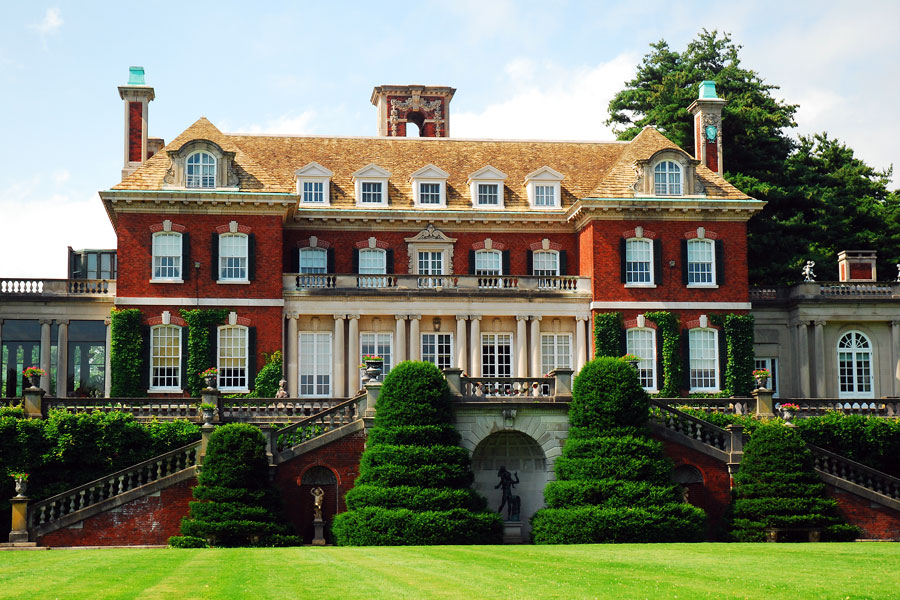
One of the most defining aspects of the North Shore is its deep historical significance. The area was originally inhabited by Native American tribes, including the Matinecock and Setauket, before European settlers arrived in the 1600s. It later became a hub of Revolutionary War activity and colonial development. The region’s prominence grew significantly during the late 19th and early 20th centuries, as wealthy New Yorkers built summer retreats and palatial estates here, earning it the nickname “Gold Coast.” This period of opulence inspired F. Scott Fitzgerald’s The Great Gatsby, with many scholars believing the fictional “West Egg” and “East Egg” were modeled after the real-life communities of Kings Point and Sands Point.
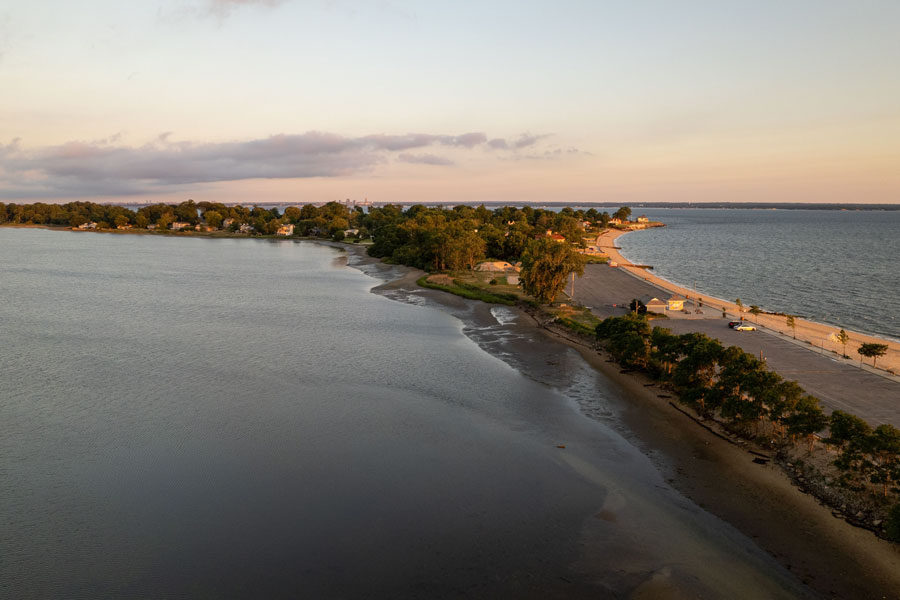
Culturally, the North Shore is known for its refined and artistic ambiance. It is home to numerous museums, galleries, and historical sites, including the Nassau County Museum of Art in Roslyn Harbor, the Vanderbilt Museum and Planetarium in Centerport, and the Heckscher Museum of Art in Huntington. There are also a number of preserved mansions that are open to the public, such as Coe Hall at the Planting Fields Arboretum in Oyster Bay, and the Old Westbury Gardens estate, both offering a glimpse into the luxurious lifestyles of past generations. The region’s commitment to cultural preservation is further evident in its active historical societies and local libraries, many of which host lectures, exhibitions, and walking tours.
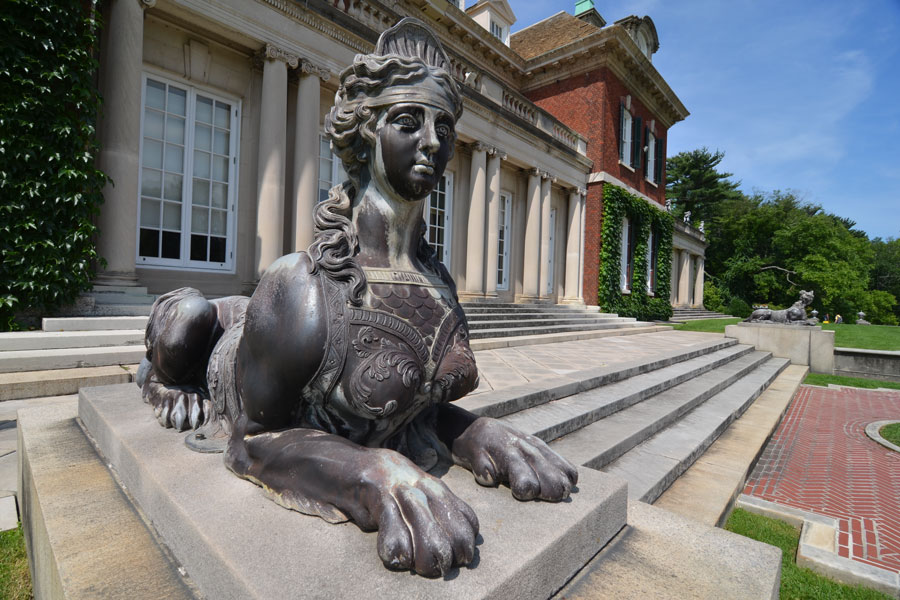
The North Shore is also known for its excellent educational institutions and affluent suburban communities. Some of the top-rated public school districts on Long Island, such as Great Neck, Jericho, Cold Spring Harbor, and Syosset, are located here. The area is also home to prestigious private schools and colleges, including Long Island University’s Post campus in Brookville and New York Institute of Technology’s Old Westbury campus. These institutions contribute to the region’s reputation as a hub of academic excellence and professional development.
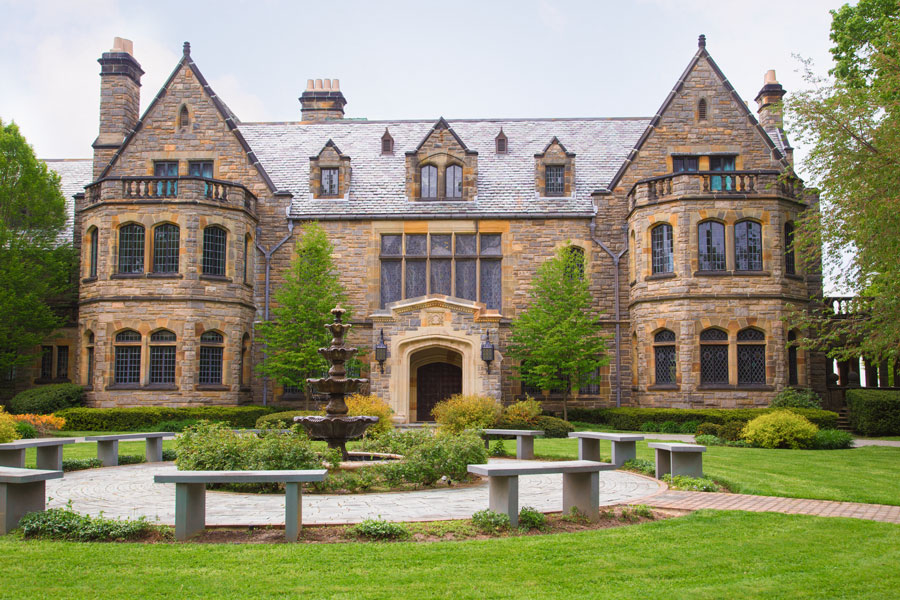
In terms of recreation and lifestyle, the North Shore offers a more tranquil and refined atmosphere than other parts of Long Island. Its coastline is dotted with marinas, yacht clubs, and harbors, providing ample opportunities for boating, sailing, kayaking, and fishing. Popular waterfront communities like Port Washington, Northport, and Greenport attract both residents and visitors with their quaint downtowns, fine dining, and boutique shopping. Parks and nature preserves are plentiful, including Caumsett State Historic Park, Avalon Park and Preserve in Stony Brook, and the Theodore Roosevelt Sanctuary and Audubon Center in Oyster Bay. Golf courses, equestrian centers, and tennis clubs add to the region’s upscale amenities.
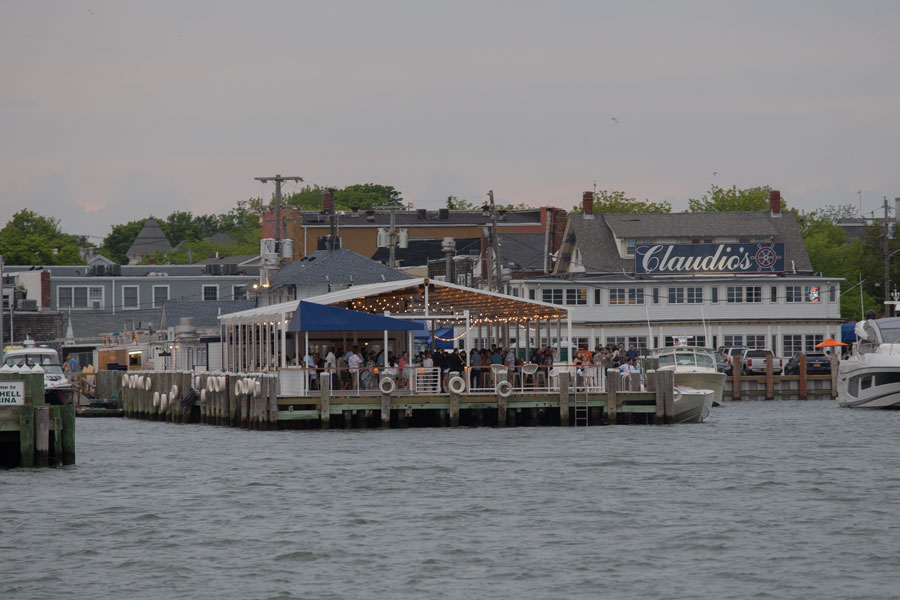
Economically, the North Shore has long been associated with high property values and exclusive neighborhoods. Real estate in towns such as Great Neck, Lloyd Harbor, and Manhasset regularly ranks among the most expensive on Long Island. While many North Shore residents commute to New York City via the Long Island Rail Road Port Washington, Oyster Bay, and Port Jefferson branches, the area also supports a thriving local economy of professional services, healthcare, and small businesses. The region’s proximity to Manhattan and its coastal charm make it a popular location for both year-round living and seasonal escapes.
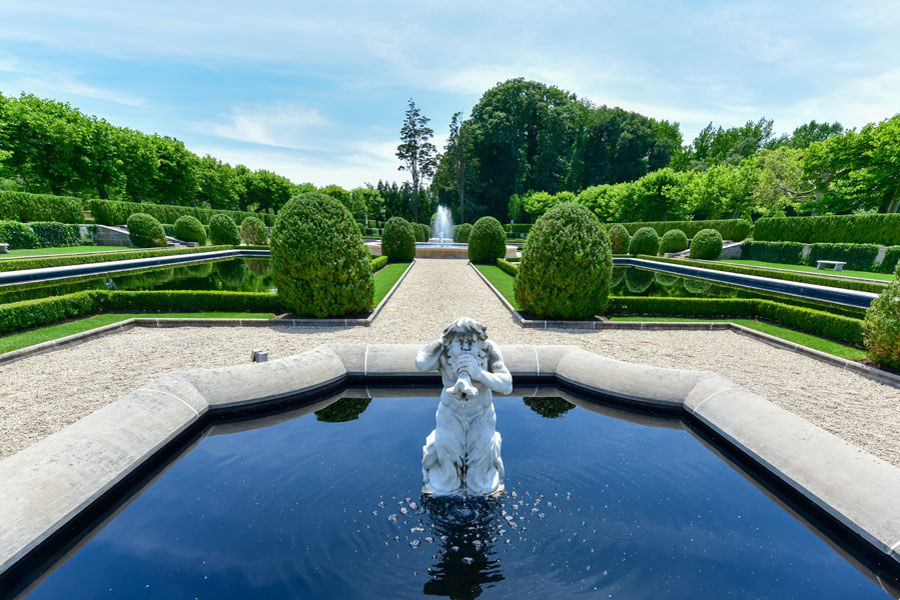
Overall, the North Shore of Long Island offers a unique blend of history, elegance, natural beauty, and community spirit. Whether one is exploring the cobblestone streets of a historic village, enjoying a waterfront sunset from a scenic bluff, or simply taking in the serenity of the Long Island Sound, the North Shore remains one of the most captivating and culturally significant areas in the state of New York. Its legacy of refinement and preservation continues to attract those seeking both luxury and a connection to the island’s rich past.

